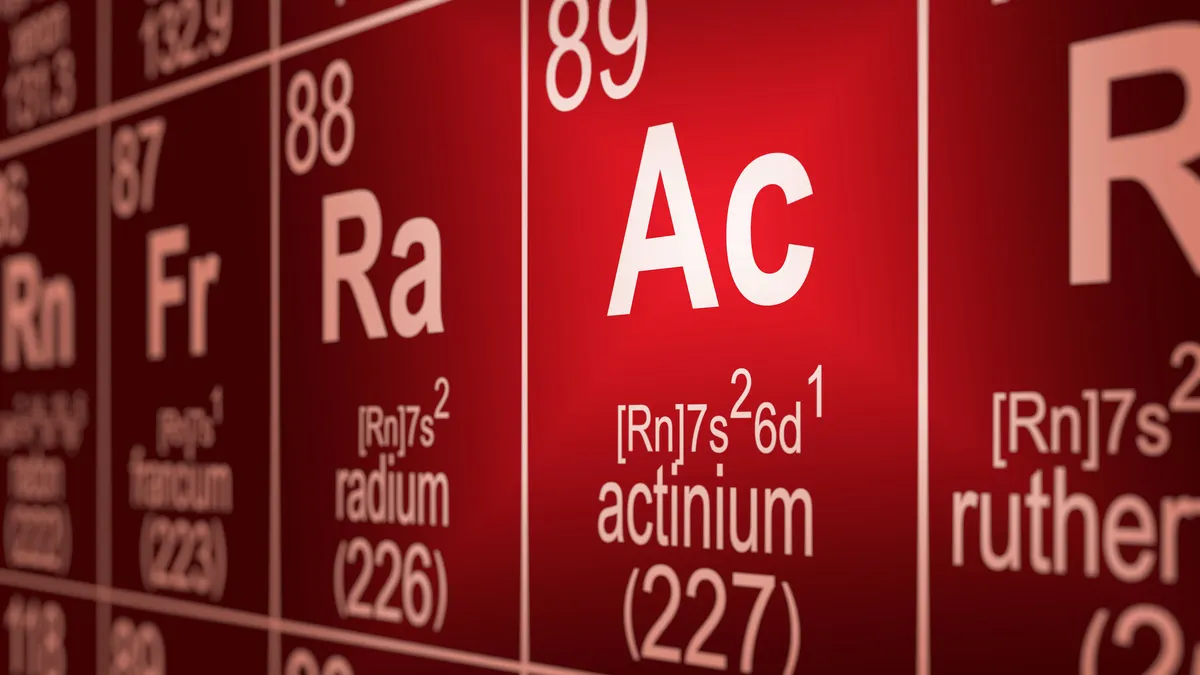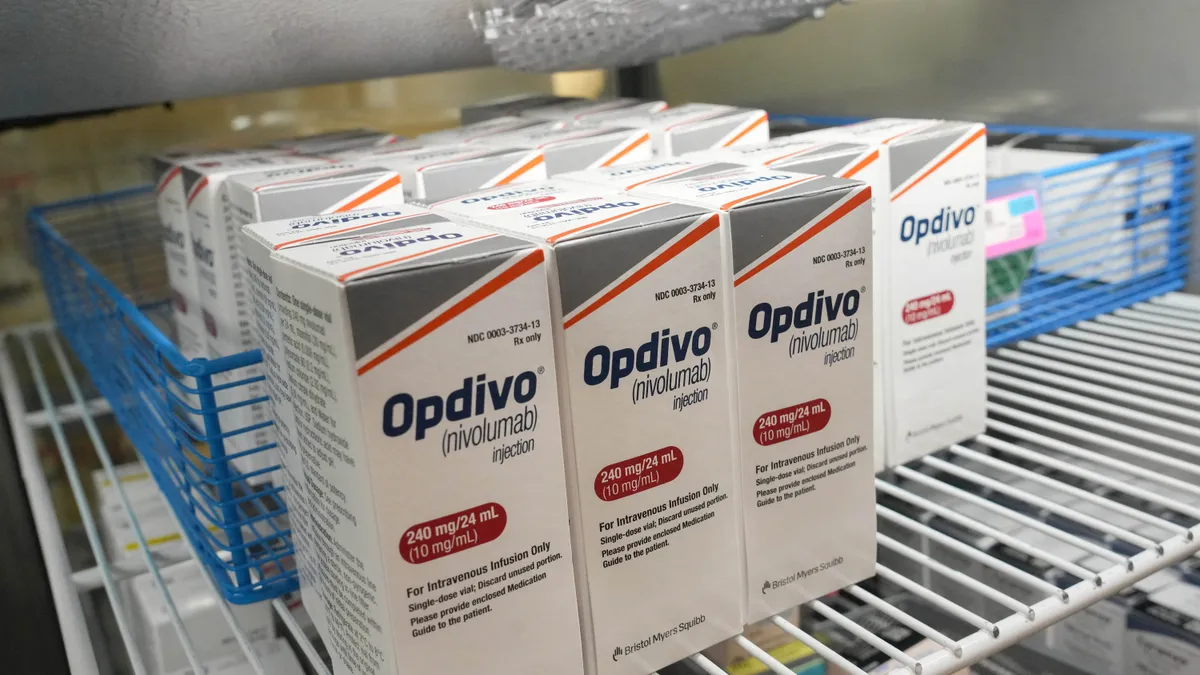As far as cancer treatments go, radiopharmaceuticals are conceptually simple. After all, radioactive isotopes are very good at killing cancer cells. And as targeting technology improves, large pharma companies are paying closer attention to the drug field and the many smaller biotechnology firms within it.
This radio-renaissance belies the long history of radiation-based drugs, the idea for which has been around for more than half a century, said Jack Hoppin, CEO of Ratio Therapeutics, one of those small biotechs.
“It’s not a novel concept to put a radioisotope into patients,” Hoppin said, describing research into the radioisotope iodine-131 in the 1950s.
Decades later in the early 2000s, GSK’s Bexxar and Idec Pharmaceuticals’ Zevalin both won approvals to treat lymphoma, but their use never took off due to logistical and other issues. While radioisotopes became commonplace in diagnostic imaging, the current boom in radiopharmaceuticals was brought on by two drugs now owned by Novartis: Lutathera for neuroendocrine tumors and Pluvicto for prostate cancer.
“There have been a couple other successes in the space, but those are the two driving forces that caught everyone’s eye,” said Hoppin. “When a buyer like Novartis steps in and starts building infrastructure, and oncologists are willing to prescribe and treat directly with these drugs, it builds momentum.”
Ratio is still early in its own development journey. But backed by another pharma giant, Bristol Myers Squibb, the company has a front row seat to the field’s rapid expansion.
“I think you’ll see these drugs evolve in the way that antibody-drug conjugates have” said Hoppin. “It took time to adopt and come to fruition, but we’re now in an era where companies are looking for fit-for-purpose molecules for radioligand therapy and the characteristics required to be successful.”
Merging fields
One of the challenges in developing radiopharmaceuticals is balancing the drugs’ potency with their safety. The isotope the drugs contain must be linked securely enough to a targeting compound that it reaches the target tumors, but loosely enough that it can be deposited upon arrival.
To get that balance right requires more than just biology and chemistry, said Hoppin, who holds a Ph.D. in mathematics. For example, understanding the way radioactive isotopes — actinium-225 in Ratio’s case — populate into a tumor is as much a math problem as it is biological.
“People in pharmaceutical sciences underestimate nuclear medicine, and people in nuclear medicine underestimate pharmaceutical sciences,” said Hoppin. “We try to acknowledge that you’re only as good as the weakest disciplinarian within your group.”
Ratio uses actinium-225 with a combination of targeting and linking platforms to ensure a calculated dose for its treatments, one of which is close to entering Phase 1 testing.
While biotechnology advances can come in seemingly overnight breakthroughs, Hopping credits the steady accumulation of better targets and biomarkers for the growth in therapeutic radiopharmaceuticals.
“There wasn’t a clear-cut smoking gun that changed the market,” he said. “[It was] more an evolution of medicinal chemistry and biomarker technology to image these agents faster and more quantitatively.”
Building a market
Ratio is one of more than a dozen small- to mid-sized startups exploring radiopharmaceuticals. Acquisitions by large pharma companies have boosted the field, encouraging the formation of new companies and funding for those already established.
Bristol Myers Squibb announced a $4.1 billion acquisition of RayzeBio at the end of last year. That same week, Eli Lilly completed a $1.4 billion purchase of Point Biopharma. Both companies have radiopharmaceutical candidates in clinical trials.
Then this year, AstraZeneca bought Fusion Pharmaceuticals for $2.4 billion, continuing the dealmaking trend. There were 86 licensing, partnering or acquisition deals in the radiopharmaceuticals field over the last five years, according to a Nature report, with the number of deals nearly tripling between 2021 and 2022.
There are still challenges in the field, as Hoppin can attest, from manufacturing of radioactive materials to supply chain and storage. But the future looks bright.
“Some of these things can’t be instantly solved, but looking out a decade, there are going to be multiple approvals and really exciting times,” Hoppin said.
















